By NICHOLAS CARR
http://online.wsj.com/article/SB10001424052748704025304575284981644790098.html
The Roman philosopher Seneca may have put it best 2,000 years ago: “To be everywhere is to be nowhere.” Today, the Internet grants us easy access to unprecedented amounts of information. But a growing body of scientific evidence suggests that the Net, with its constant distractions and interruptions, is also turning us into scattered and superficial thinkers.
The picture emerging from the research is deeply troubling, at least to anyone who values the depth, rather than just the velocity, of human thought. People who read text studded with links, the studies show, comprehend less than those who read traditional linear text. People who watch busy multimedia presentations remember less than those who take in information in a more sedate and focused manner. People who are continually distracted by emails, alerts and other messages understand less than those who are able to concentrate. And people who juggle many tasks are less creative and less productive than those who do one thing at a time.

The common thread in these disabilities is the division of attention. The richness of our thoughts, our memories and even our personalities hinges on our ability to focus the mind and sustain concentration. Only when we pay deep attention to a new piece of information are we able to associate it “meaningfully and systematically with knowledge already well established in memory,” writes the Nobel Prize-winning neuroscientist Eric Kandel. Such associations are essential to mastering complex concepts.
When we’re constantly distracted and interrupted, as we tend to be online, our brains are unable to forge the strong and expansive neural connections that give depth and distinctiveness to our thinking. We become mere signal-processing units, quickly shepherding disjointed bits of information into and then out of short-term memory.
In an article published in Science last year, Patricia Greenfield, a leading developmental psychologist, reviewed dozens of studies on how different media technologies influence our cognitive abilities. Some of the studies indicated that certain computer tasks, like playing video games, can enhance “visual literacy skills,” increasing the speed at which people can shift their focus among icons and other images on screens. Other studies, however, found that such rapid shifts in focus, even if performed adeptly, result in less rigorous and “more automatic” thinking.
56 Seconds
Average time an American spends looking at a Web page.
In one experiment conducted at Cornell University, for example, half a class of students was allowed to use Internet-connected laptops during a lecture, while the other had to keep their computers shut. Those who browsed the Web performed much worse on a subsequent test of how well they retained the lecture’s content. While it’s hardly surprising that Web surfing would distract students, it should be a note of caution to schools that are wiring their classrooms in hopes of improving learning.

Ms. Greenfield concluded that “every medium develops some cognitive skills at the expense of others.” Our growing use of screen-based media, she said, has strengthened visual-spatial intelligence, which can improve the ability to do jobs that involve keeping track of lots of simultaneous signals, like air traffic control. But that has been accompanied by “new weaknesses in higher-order cognitive processes,” including “abstract vocabulary, mindfulness, reflection, inductive problem solving, critical thinking, and imagination.” We’re becoming, in a word, shallower.

In another experiment, recently conducted at Stanford University’s Communication Between Humans and Interactive Media Lab, a team of researchers gave various cognitive tests to 49 people who do a lot of media multitasking and 52 people who multitask much less frequently. The heavy multitaskers performed poorly on all the tests. They were more easily distracted, had less control over their attention, and were much less able to distinguish important information from trivia.
The researchers were surprised by the results. They had expected that the intensive multitaskers would have gained some unique mental advantages from all their on-screen juggling. But that wasn’t the case. In fact, the heavy multitaskers weren’t even good at multitasking. They were considerably less adept at switching between tasks than the more infrequent multitaskers. “Everything distracts them,” observed Clifford Nass, the professor who heads the Stanford lab.
Amid the silly videos and spam are the roots of a new reading and writing culture
It would be one thing if the ill effects went away as soon as we turned off our computers and cellphones. But they don’t. The cellular structure of the human brain, scientists have discovered, adapts readily to the tools we use, including those for finding, storing and sharing information. By changing our habits of mind, each new technology strengthens certain neural pathways and weakens others. The cellular alterations continue to shape the way we think even when we’re not using the technology.
The pioneering neuroscientist Michael Merzenich believes our brains are being “massively remodeled” by our ever-intensifying use of the Web and related media. In the 1970s and 1980s, Mr. Merzenich, now a professor emeritus at the University of California in San Francisco, conducted a famous series of experiments on primate brains that revealed how extensively and quickly neural circuits change in response to experience. When, for example, Mr. Merzenich rearranged the nerves in a monkey’s hand, the nerve cells in the animal’s sensory cortex quickly reorganized themselves to create a new “mental map” of the hand. In a conversation late last year, he said that he was profoundly worried about the cognitive consequences of the constant distractions and interruptions the Internet bombards us with. The long-term effect on the quality of our intellectual lives, he said, could be “deadly.”

What we seem to be sacrificing in all our surfing and searching is our capacity to engage in the quieter, attentive modes of thought that underpin contemplation, reflection and introspection. The Web never encourages us to slow down. It keeps us in a state of perpetual mental locomotion.
It is revealing, and distressing, to compare the cognitive effects of the Internet with those of an earlier information technology, the printed book. Whereas the Internet scatters our attention, the book focuses it. Unlike the screen, the page promotes contemplativeness.
Reading a long sequence of pages helps us develop a rare kind of mental discipline. The innate bias of the human brain, after all, is to be distracted. Our predisposition is to be aware of as much of what’s going on around us as possible. Our fast-paced, reflexive shifts in focus were once crucial to our survival. They reduced the odds that a predator would take us by surprise or that we’d overlook a nearby source of food.
To read a book is to practice an unnatural process of thought. It requires us to place ourselves at what T. S. Eliot, in his poem “Four Quartets,” called “the still point of the turning world.” We have to forge or strengthen the neural links needed to counter our instinctive distractedness, thereby gaining greater control over our attention and our mind.
It is this control, this mental discipline, that we are at risk of losing as we spend ever more time scanning and skimming online. If the slow progression of words across printed pages damped our craving to be inundated by mental stimulation, the Internet indulges it. It returns us to our native state of distractedness, while presenting us with far more distractions than our ancestors ever had to contend with.
—Nicholas Carr is the author, most recently, of “The Shallows: What the Internet Is Doing to Our Brains.”
________________________________________________________________________
Nicholas Carr writes on the social, economic, and business implications of technology. He is the author of the 2008 Wall Street Journal bestseller The Big Switch: Rewiring the World, from Edison to Google, which is “widely considered to be the most influential book so far on the cloud computing movement,” according the Christian Science Monitor. His earlier book, Does IT Matter?, published in 2004, “lays out the simple truths of the economics of information technology in a lucid way, with cogent examples and clear analysis,” said the New York Times. He is working on a new book, The Shallows: What the Internet Is Doing to Our Brains, which will be published in 2010. Carr’s books have been translated into more than a dozen languages.
Earlier in his career, Carr was executive editor of the Harvard Business Review and a principal at Mercer Management Consulting.
Carr has been a speaker at MIT, Harvard, Wharton, the Kennedy School of Government, NASA, and the Federal Reserve Bank of Dallas as well as at many industry, corporate, and professional events throughout the Americas, Europe, and Asia. He holds a B.A. from Dartmouth College and an M.A., in English and American literature and language, from Harvard University.
http://www.roughtype.com/
http://www.nicholasgcarr.com/
Maybe we’re ready to stop and think.
SPRAGGETT ON CHESS




 There will be no hiding the truth this time! Absolutely uncensored!
There will be no hiding the truth this time! Absolutely uncensored!

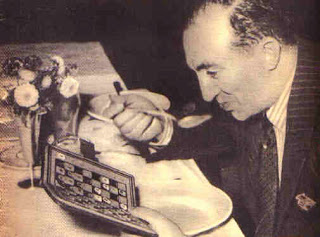
 Najdorf was a close friend of Bobby Fischer. Here we see Miguel having a good time trying to tempt the American genius.
Najdorf was a close friend of Bobby Fischer. Here we see Miguel having a good time trying to tempt the American genius. 
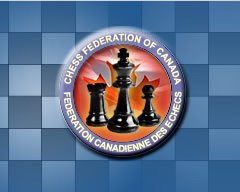








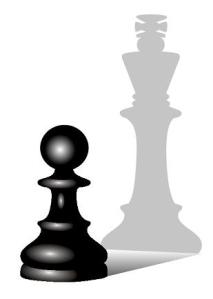














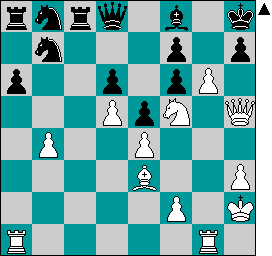












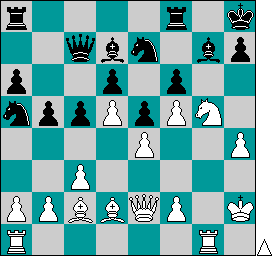




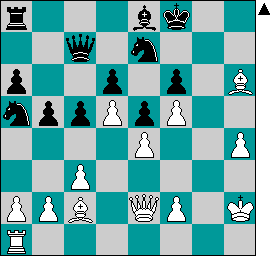















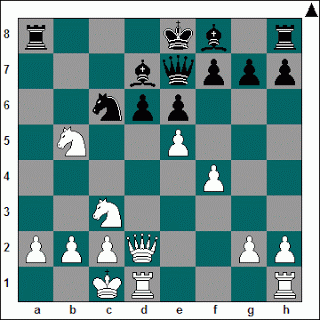














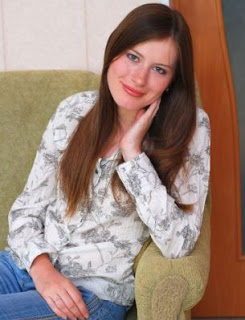




















You must be logged in to post a comment.